- Joined
- Apr 24, 2010
- Messages
- 12,923
- Reaction score
- 27,656
- Golden Thread
- 1
- Location
- Upper Canada 🇨🇦
- 🥇 Banner finds
- 1
- 🏆 Honorable Mentions:
- 3
- Detector(s) used
- XP Deus, Lesche Piranha 35 Shovel & 'Garrett Carrot'
- Primary Interest:
- Relic Hunting
I got back to the farm for a 4hr hunt yesterday, this was the site I could only manage 2hrs on last Friday due to the intense heat. I started by turning off the discrimination on the Deus, I then lowered the htz to 12 and the finds seemed to just pop out of the ground! I find when the discrimination is at ‘0’ I must slow my swing way down to hear all the sounds.

My first find was the large bronze animal bell, then came the Marshal Wellington Half Penny Token. Initially I had trouble making out the details on the coin and thought it might be an early British Victoria Half Penny. I then found the silver utensil handle followed by the 1938 Dog Tag. I’ve pictured the silver utensil handle for comparison with a similar one I found last year. Wellesley spent much of his early childhood at his family's ancestral home, Dangan Castle (engraving, c1842) second last pic. The last picture is of The Duke of Wellington, by Thomas Lawrence. Painted c. 1815—16, after the Battle of Waterloo.
Field Marshall Wellington and Liberty Token c1812 — 1814. (Upper Canada)
A half-penny coin with Britannia on one side and Field Marshall Wellington on the other.
“Arthur Wellesley, 1st Duke of Wellington, KG, GCB, GCH, PC, FRS (1 May 1769 — 14 September 1852) was an Anglo-Irish soldier and statesman who was one of the leading military and political figures of 19th-century Britain, serving twice as Prime Minister. His victory against Napoleon at the Battle of Waterloo in 1815 puts him in the first rank of Britain's military heroes.
Wellington was born in Dublin, into the Protestant Ascendancy in Ireland. He was commissioned as an ensign in the British Army in 1787, serving in Ireland as aide-de-camp to two successive Lords Lieutenant of Ireland. He was also elected as a Member of Parliament in the Irish House of Commons. He was a colonel by 1796, and saw action in the Netherlands and in India, where he fought in the Fourth Anglo-Mysore War at the Battle of Seringapatam. He was appointed governor of Seringapatam and Mysore in 1799 and, as a newly appointed major-general (since 1802), won a decisive victory over the Maratha Confederacy at the Battle of Assaye in 1803. Wellington rose to prominence as a general during the Peninsular campaign of the Napoleonic Wars, and was promoted to the rank of field marshal after leading the allied forces to victory against the French Empire at the Battle of Vitoria in 1813. Following Napoleon's exile in 1814, he served as the ambassador to France and was granted a dukedom. During the Hundred Days in 1815, he commanded the allied army which, together with a Prussian army under Blücher, defeated Napoleon at Waterloo. Wellington's battle record is exemplary; he ultimately participated in some 60 battles during the course of his military career. Wellington is famous for his adaptive defensive style of warfare, resulting in several victories against numerically superior forces while minimising his own losses. He is regarded as one of the greatest defensive commanders of all time, and many of his tactics and battle plans are still studied in military academies around the world.
After the end of his active military career, Wellington returned to politics. He was twice British prime minister as part of the Tory party: from 1828 to 1830, and for a little less than a month in 1834. He oversaw the passage of the Catholic Relief Act 1829 but opposed the Reform Act 1832. He continued as one of the leading figures in the House of Lords until his retirement and remained Commander-in-Chief of the British Army until his death.”
Thanks very much for looking!

Dave
Amazon Forum Fav 👍
Attachments
-
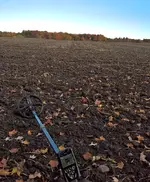 WP_20161009_08_47_49_Rich (2).webp210.1 KB · Views: 71
WP_20161009_08_47_49_Rich (2).webp210.1 KB · Views: 71 -
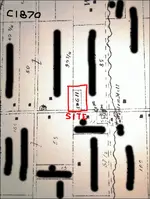 WP_20180603_17_02_59_Pro (2).webp142.9 KB · Views: 68
WP_20180603_17_02_59_Pro (2).webp142.9 KB · Views: 68 -
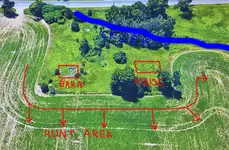 WP_20180603_16_59_54_Pro (2).webp525.2 KB · Views: 98
WP_20180603_16_59_54_Pro (2).webp525.2 KB · Views: 98 -
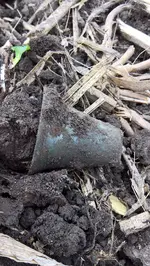 WP_20180603_08_12_14_Pro (2).webp287.4 KB · Views: 63
WP_20180603_08_12_14_Pro (2).webp287.4 KB · Views: 63 -
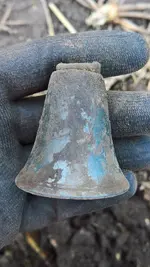 WP_20180603_08_13_56_Pro (2).webp166.6 KB · Views: 72
WP_20180603_08_13_56_Pro (2).webp166.6 KB · Views: 72 -
 WP_20180603_09_04_55_Pro (2).webp298.3 KB · Views: 92
WP_20180603_09_04_55_Pro (2).webp298.3 KB · Views: 92 -
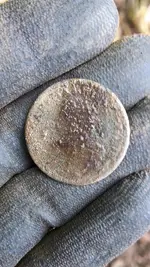 WP_20180603_09_06_51_Pro (2).webp246.3 KB · Views: 60
WP_20180603_09_06_51_Pro (2).webp246.3 KB · Views: 60 -
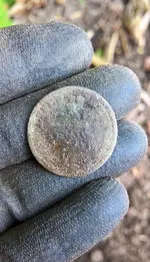 WP_20180603_09_07_06_Pro (2).webp248.1 KB · Views: 62
WP_20180603_09_07_06_Pro (2).webp248.1 KB · Views: 62 -
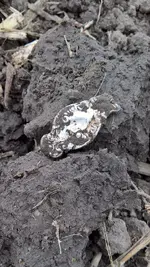 WP_20180603_10_09_31_Pro (2).webp250.6 KB · Views: 61
WP_20180603_10_09_31_Pro (2).webp250.6 KB · Views: 61 -
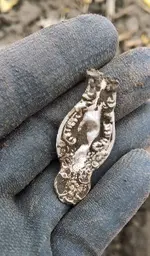 WP_20180603_10_10_45_Pro (2).webp280.1 KB · Views: 68
WP_20180603_10_10_45_Pro (2).webp280.1 KB · Views: 68 -
 WP_20180603_10_49_34_Pro (2).webp265.4 KB · Views: 63
WP_20180603_10_49_34_Pro (2).webp265.4 KB · Views: 63 -
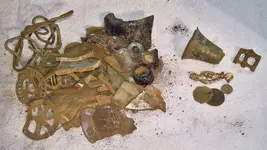 WP_20180603_15_22_51_Pro (2).webp236 KB · Views: 61
WP_20180603_15_22_51_Pro (2).webp236 KB · Views: 61 -
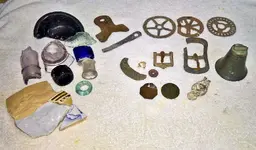 WP_20180603_20_12_53_Pro (2).webp206.1 KB · Views: 93
WP_20180603_20_12_53_Pro (2).webp206.1 KB · Views: 93 -
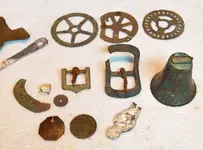 WP_20180603_20_13_29_Pro (3).webp168.6 KB · Views: 68
WP_20180603_20_13_29_Pro (3).webp168.6 KB · Views: 68 -
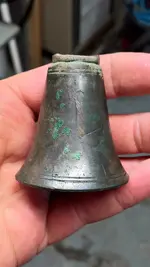 WP_20180603_20_13_49_Pro (2).webp69.3 KB · Views: 60
WP_20180603_20_13_49_Pro (2).webp69.3 KB · Views: 60 -
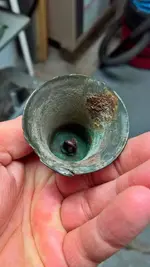 WP_20180603_20_13_55_Pro (2).webp81.3 KB · Views: 60
WP_20180603_20_13_55_Pro (2).webp81.3 KB · Views: 60 -
 WP_20180604_07_13_15_Pro (2).webp147.7 KB · Views: 58
WP_20180604_07_13_15_Pro (2).webp147.7 KB · Views: 58 -
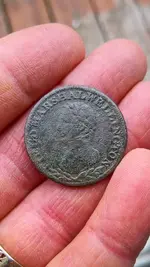 WP_20180604_07_13_32_Pro (2).webp154.7 KB · Views: 69
WP_20180604_07_13_32_Pro (2).webp154.7 KB · Views: 69 -
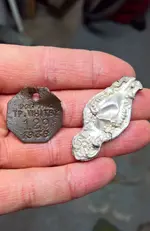 WP_20180603_20_14_37_Pro (2).webp98.4 KB · Views: 61
WP_20180603_20_14_37_Pro (2).webp98.4 KB · Views: 61 -
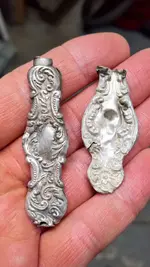 WP_20180603_20_18_03_Pro (2).webp115.7 KB · Views: 58
WP_20180603_20_18_03_Pro (2).webp115.7 KB · Views: 58 -
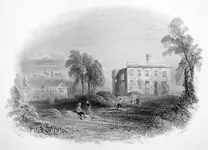 Dangan_Castle,_Co_Meath,_Ireland,_1840.webp168.1 KB · Views: 80
Dangan_Castle,_Co_Meath,_Ireland,_1840.webp168.1 KB · Views: 80 -
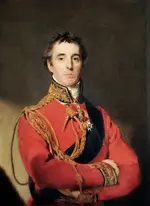 Sir_Arthur_Wellesley,_1st_Duke_of_Wellington.webp85.4 KB · Views: 90
Sir_Arthur_Wellesley,_1st_Duke_of_Wellington.webp85.4 KB · Views: 90
Upvote
17






